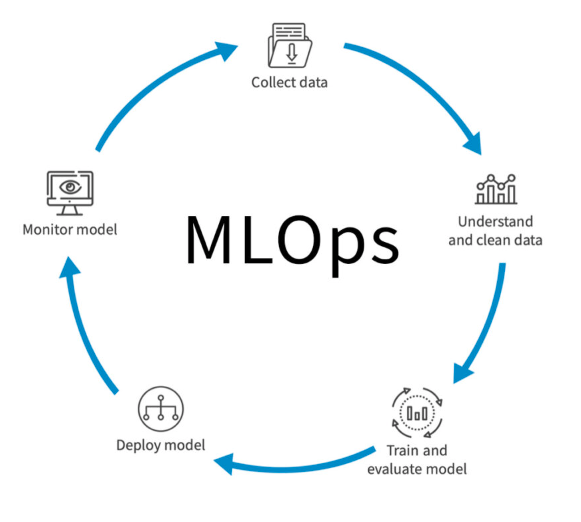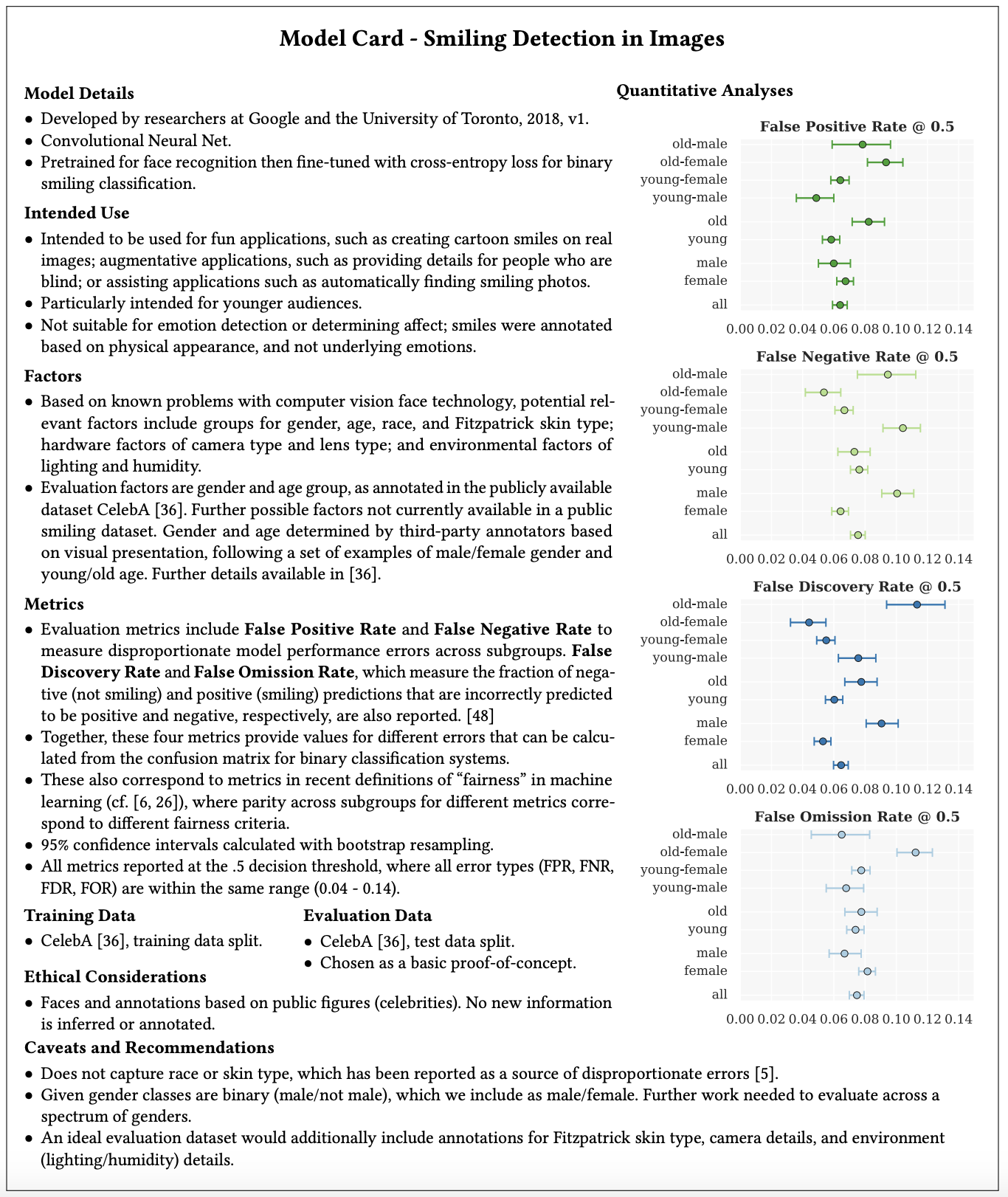Document models
Lecture 14
Cornell University
INFO 4940/5940 - Fall 2025
October 16, 2025
Announcements
Announcements
- No homework this week
- Continue working on your project 01 EDA
General feedback on proposals
Gradescope team submissions
This is a machine learning course - an ML model must be at the core of your project
![]()
Most teams will deploy their model via API for their deliverable - that’s fine
Learning objectives
- Review the MLOps lifecycle
- Identify audiences for model documentation
- Define a model card
- Describe the major sections of a model card
- Utilize a model card for a foundational LLM
You’ve built a model - now what?

Deploy & monitor
Document
- Your model and its performance
- The data used to train the model
- The model’s assumptions and limitations
Deploy
- Deploy the model to a production environment
- Monitor the model’s performance in production
- Update the model as needed
Documentation
Who is documentation for?
- Yourself
- Peers
- Manager/supervisor
- Clients
- Jane Q Public
What to document
- Data collection/provenence
- Exploratory analysis
- Feature selection
- Model tuning/selection
- Model evaluation
How to document
File types
- Literate programming (aka Quarto notebooks)
- Scripts with code comments
- README files
Version control
- Git and GitHub
- Commit history
- Branches
Deployment
Deployment is the process of integrating a trained ML model into a production environment so it can be used to make predictions or decisions.
- Batch processing
- Web app
- iOS/Android app
- API
Deployment is often in collaboration with software engineers, but you should be able to informatively participate or demo the product.
Common deployment methods
Documenting models
Model cards

Major sections
- Model details
- Intended use
- Factors
- Metrics
- Evaluation data
- Training data
- Quantitative analyses
- Ethical considerations
- Caveats and recommendations
Model details
Basic metadata such as
- Person or organization developing the model
- Model date
- Model version
- Model type
- More information
- Citation
- License
- Contact info
Intended use
What should the model be used for? What should it not be used for?
- Primary intended uses
- Primary intended users
- Out-of-scope uses
Factors
Summary of model performance across relevant factors
- Groups
- Race/sex/ethnicity
- Marginalized minority groups
- Instrumentation
- Camera type
- Backgrounds
- Microphone
- Environment
- Lighting conditions
- Humidity
Metrics
Not the metrics themselves, but how the model was evaluated
- What metrics did you use and why?
- Decision thresholds
- Approaches to uncertainty and variability
Evaluation data
Details about how model was evaluated
- Datasets
- Motivations
- Preprocessing
Training data
Same info if possible. If not, summary statistics are good.
Quantitative analyses
Report metrics of performance
- Overall model performance
- Disaggregated based on chosen factors
🔗 More info on ML fairness metrics: Fair prediction of hospital readmission + fairlearn
Ethical considerations
Document ethical analysis performed during model evaluation
- Sensitive data
- Human life
- Mitigation strategies
- Risks and harms
- Use cases
Caveats and recommendations
- Is further testing necessary?
- Were relevant groups excluded from the evaluation?
- Additional recommendations for model use?
Application exercise
📝 Documenting published LLMs
Instructions
Use the Llama 3.2 model card on Hugging Face to answer the questions on the handout.
20:00
Wrap-up
Recap
- You are not finished once you’ve built a model
- Model cards are a way to document models for various audiences
- They contain information such as model details, intended use, and evaluation criteria
